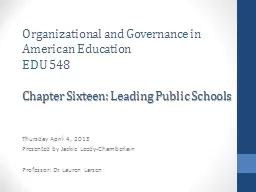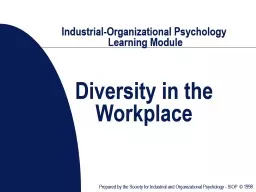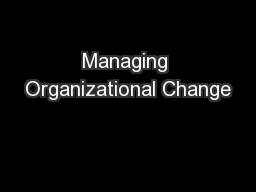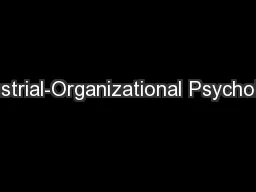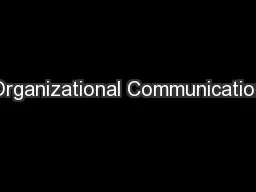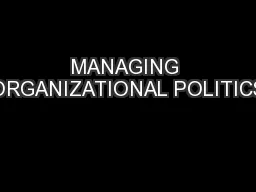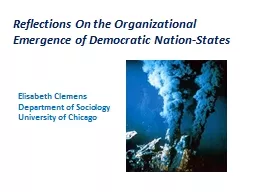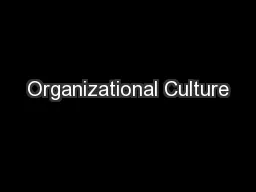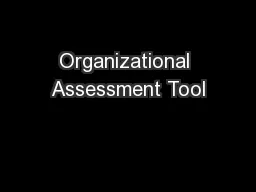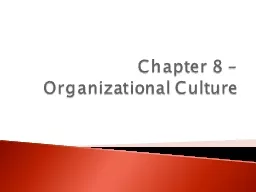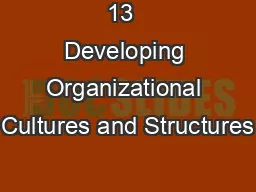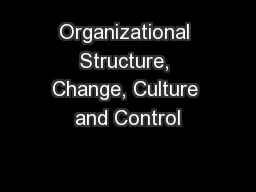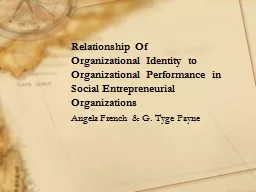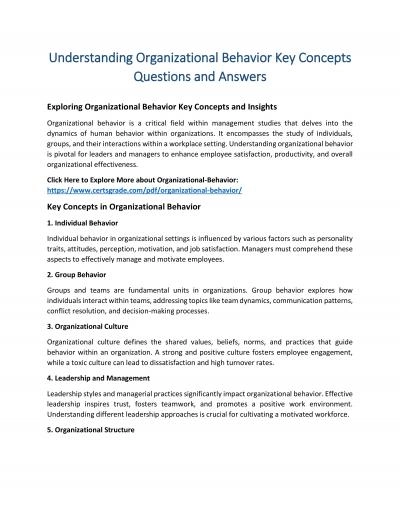PPT-Organizational and Governance in American Education
Author : luanne-stotts | Published Date : 2017-11-30
EDU 548 Chapter Sixteen Leading Public Schools Thursday April 4 2013 Presented by Jackie Leedy Chamberlain Professor Dr Lauren Larsen Overview In this chapter
Presentation Embed Code
Download Presentation
Download Presentation The PPT/PDF document "Organizational and Governance in America..." is the property of its rightful owner. Permission is granted to download and print the materials on this website for personal, non-commercial use only, and to display it on your personal computer provided you do not modify the materials and that you retain all copyright notices contained in the materials. By downloading content from our website, you accept the terms of this agreement.
Organizational and Governance in American Education: Transcript
Download Rules Of Document
"Organizational and Governance in American Education"The content belongs to its owner. You may download and print it for personal use, without modification, and keep all copyright notices. By downloading, you agree to these terms.
Related Documents

